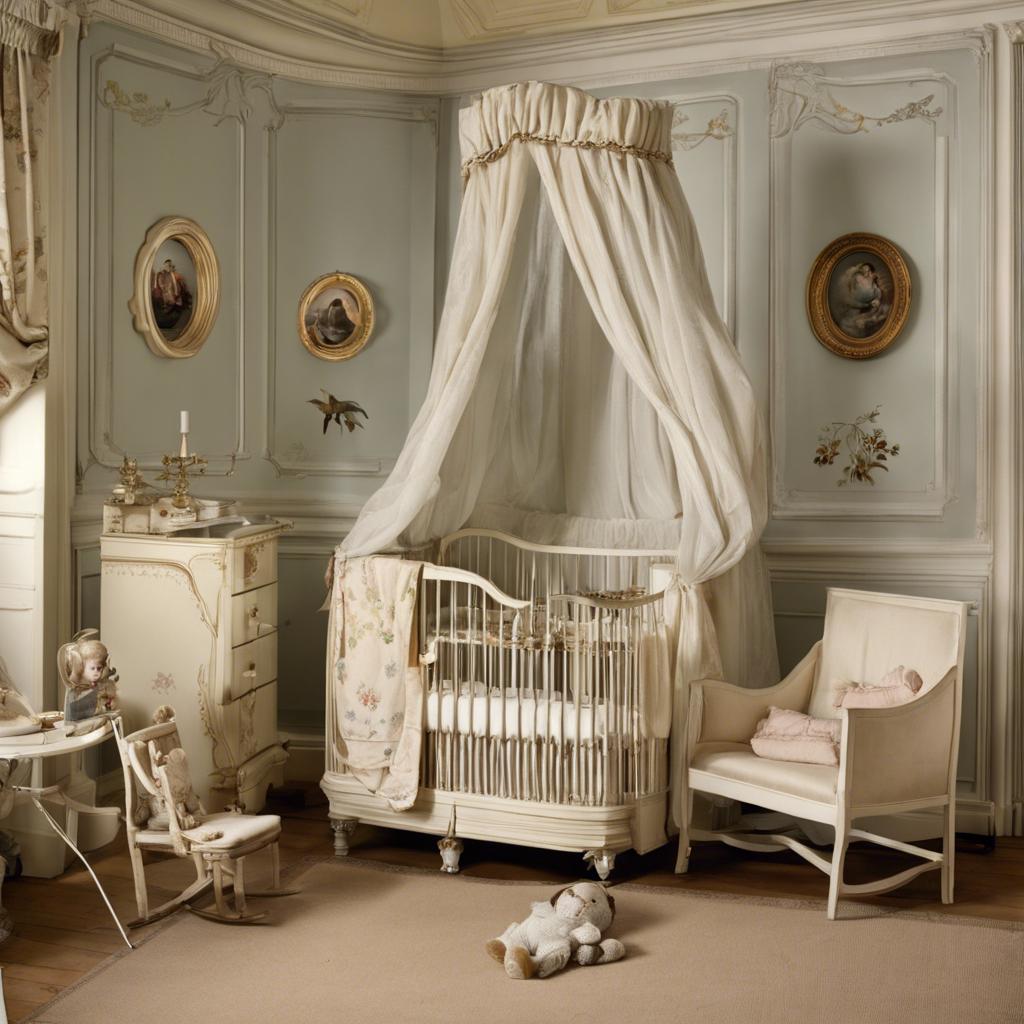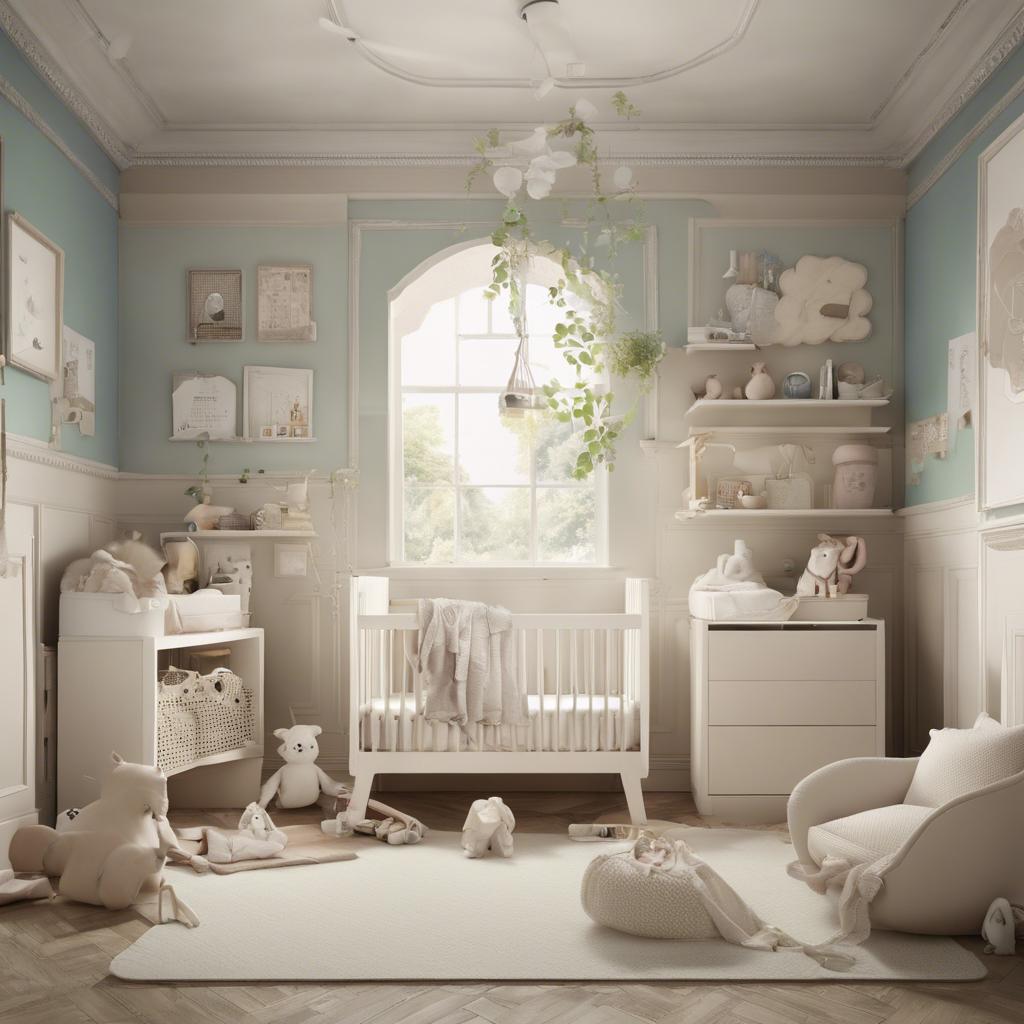During the Regency era, proper upbringing and education were of the utmost importance for the children of the aristocracy. The nursery served as a key component in this process, providing a structured environment where young heirs and heiresses were nurtured and educated. In this article, we will delve into the intricacies of the Regency era nursery, exploring its practices, customs, and significance in shaping the next generation of society’s elite. Join us as we step back in time to uncover the fascinating world of Regency-era childcare.
Step Into the World of Cheryl Bolen
Dive into the enchanting stories of love, intrigue, and elegance set in the Regency Era. Cheryl Bolen's novels offer timeless romance and captivating tales that will leave you wanting more.
Explore Cheryl Bolen's Books Now
Introduction: Exploring the Regency Era Nursery
In the Regency Era, the nursery was an important and cherished space in the home, dedicated to the care and upbringing of young children. It was a room where both practical necessities and sentimental items coexisted to create a warm and nurturing environment for the little ones. Let us take a closer look at the fascinating world of Regency Era nurseries and all that they entailed.
Décor and Furnishings:
- Regency Era nurseries were typically decorated in regency era nightgown”>soft pastel colors such as pale blue, pink, and cream, creating a peaceful and soothing atmosphere.
- The furnishings in a Regency Era nursery would often include a cradle or bassinet for the baby, a small set of drawers for clothes and linens, and a rocking chair for the nurse or mother to sit in while tending to the child.
- Hand-painted murals depicting whimsical scenes or fairy tales were a popular choice for decorating the walls of Regency Era nurseries, adding a touch of fantasy and wonder to the room.
Toys and Playthings:
- Children in the Regency Era were often entertained with simple yet charming toys such as wooden blocks, dolls, and miniature carriages.
- Nurturing creativity and imagination was highly valued, so toys that encouraged storytelling and role-playing were commonplace in Regency Era nurseries.
- It was also not uncommon for young children to have small pets such as birds or kittens as companions in the nursery, fostering a sense of responsibility and companionship from an early age.
Daily Routines and Care:
- The nursery was where the nurse or governess would spend most of their time caring for the children, overseeing their meals, naps, and playtime.
- Bathing, dressing, and feeding the children were all part of the daily routines in a Regency Era nursery, with special attention paid to cleanliness and proper hygiene.
- Education and manners were also instilled in children from a young age in the nursery, with lessons on etiquette and social graces often being a part of their daily routine.
Design and Decor: Elegant and Functional Features
In a time when elegance and functionality were key in interior design, the Regency era nursery was a sight to behold. The room was adorned with luxurious fabrics, intricate wallpaper, and ornate furniture, creating a space fit for a royal infant. Delicate chandeliers hung from the ceiling, casting a soft glow over the room, while plush rugs covered the hardwood floors, providing a cozy place for little ones to crawl and play.
One of the standout features of a Regency era nursery was the elaborate cradle. Made from rich mahogany wood and adorned with delicate carvings, the cradle was both a functional piece of furniture and a work of art. Soft bedding, embroidered with intricate designs, lined the inside, creating a comfortable and safe place for babies to rest. The cradle was often placed near a large window, allowing natural light to filter in and illuminate the room.
Every detail in the Regency era nursery was carefully chosen to blend elegance with function. From the carefully crafted toys to the exquisite artwork adorning the walls, every aspect of the room was designed to stimulate a child’s senses and encourage their development. The nursery was not just a place for babies to sleep, but a space where they could learn and grow surrounded by beauty and sophistication.
Care and Upkeep: Nurturing Infants in a Regency Nursery
In a Regency nursery, proper care and upkeep are essential for nurturing infants during this era. The nursery serves as a sanctuary for young children, where they can thrive in a safe and comfortable environment.
Nurturing the infant:
- Gentle handling and swaddling techniques were commonly used to soothe and comfort babies.
- Breastfeeding was the primary method of nourishment, with wet nurses employed if necessary.
- Regular, scheduled naps were incorporated into the daily routine to ensure the infant’s well-being and growth.
Maintaining hygiene:
- Diapers were often made of cloth and changed frequently to prevent skin irritation.
- Bathing rituals consisted of a simple sponge bath using warm water and gentle soap.
- Nursery maids were responsible for keeping the nursery clean and tidy, promoting a healthy living space for the infant.
Promoting development:
- Age-appropriate toys and books were provided to stimulate the infant’s senses and encourage cognitive development.
- Playtime with caregivers and siblings fostered social skills and emotional bonding.
- Music and singing were incorporated into daily routines to enhance the infant’s auditory and language development.
| Practical Tip | Outcome |
|---|---|
| Ensuring proper ventilation in the nursery | Prevents stuffiness and promotes fresh air circulation |
| Maintaining a consistent sleep schedule | Helps regulate the infant’s sleep patterns |
| Incorporating tummy time into daily routines | Strengthens the infant’s neck and core muscles |
Recommendations: Creating a Regency-Inspired Nursery for Modern Times
In designing a regency-inspired nursery for modern times, it’s essential to balance traditional elegance with contemporary convenience. Incorporating regency-era design elements such as ornate moldings, luxurious fabrics, and classic furniture pieces can create a timeless and sophisticated space for your little one.
To achieve the regency look in a nursery setting, consider using a soft color palette of pastel hues like pale pink, baby blue, and mint green. Add a touch of opulence with silk curtains, plush rugs, and crystal chandeliers. Incorporate floral patterns, damask prints, and gilded accents to evoke the elegant charm of the regency era.
For furniture, opt for vintage-inspired cribs with intricate carvings and graceful curves. A regency-style changing table with cabriole legs and a tufted rocking chair can enhance the regal ambiance of the nursery. Accessorize with delicate porcelain figurines, antique picture frames, and charming music boxes for a touch of whimsy and nostalgia.
Final Thoughts
the Regency era nursery was a space of utmost importance in the upbringing of children during the early 19th century. From the meticulous attention to detail in the nursery decor to the emphasis on proper etiquette and education, these rooms served as a hub of learning and nurturing for the young members of society. The legacy of the Regency era nursery lives on in the modern concepts of child rearing, and serves as a reminder of the enduring influence of history on our present practices. As we reflect on this period of history, let us continue to appreciate the traditions and values that were instilled in generations past, and strive to uphold them for the benefit of future generations.


